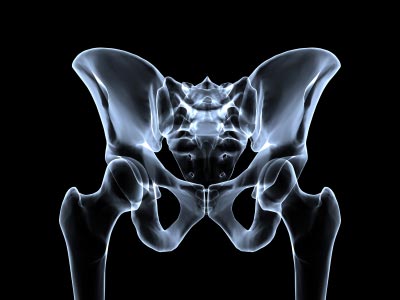Placing a durable metal lining over hip joints badly damaged by overuse, injury, arthritis, and other conditions offers a high-performance option for younger adults with severe pain who are looking to resume active lifestyles.
The innovative procedure, called hip resurfacing, restores joint function and mobility by shaving and capping (rather than removing) the top portion of the thighbone that fits into the hip socket. Other advantages for suitable candidates include a lower risk of dislocation and a better chance of walking with natural ease when compared to total hip replacement (THR). Resurfacing implants are expected to wear well, perhaps even for a lifetime suggest some investigators.
Risks of the relatively new procedure (first approved for use in the US in 2006) are similar to those posed by standard THR.

What should you look for in an orthopedic surgeon if you are exploring hip resurfacing? Expertise matters, of course—and the more resurfacing procedures that a surgeon has done the better, says Post writer Unmesh Kher in the 2006 article “Joint Decisions: Hip Resurfacing.”
Depending on the patient’s bones and goals, orthopedic surgeons in the U.S. now have several hip resurfacing devices to consider, including the:
Birmingham Hip* Resurfacing System (Smith and Nephew)
Cormet Hip Resurfacing System (Stryker)

ReCap Femoral Resurfacing System (Biomet).
Beth Barney (pictured above, right) and Mike Carroll (at left) were treated at the Joint Replacement Institute, St. Vincent Medical Center, Los Angeles, California, founded by hip resurfacing pioneer and developer of the Conserve Plus device, Dr. Harlan Amstutz.
Hip resurfacing may not be an option for people with poor bone quality, osteoporosis, or osteonecrosis (bone death that occurs due to lack of blood supply), among other conditions.
Become a Saturday Evening Post member and enjoy unlimited access. Subscribe now



